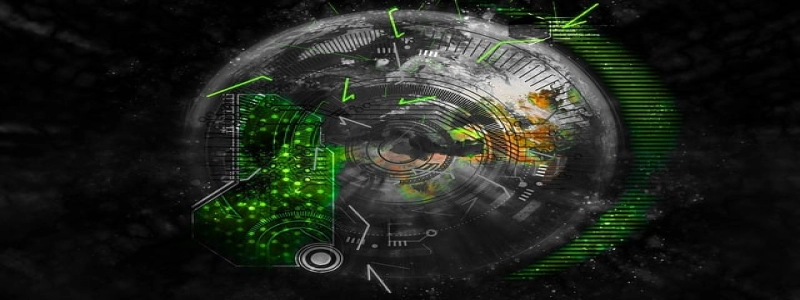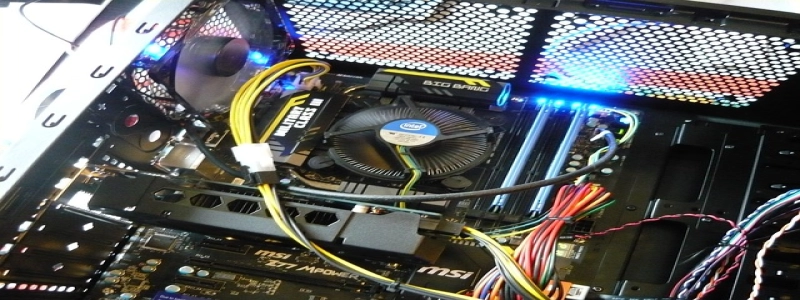Radar Attenuation
Introduction
Radar attenuation refers to the loss of radar signal strength as it travels through different mediums or encounters obstacles in its path. This phenomenon can have significant implications for radar systems, particularly in applications such as weather forecasting, aircraft navigation, and military operations. In this article, we will explore the concept of radar attenuation in detail, including its causes, effects, and potential mitigation strategies.
Causes of Radar Attenuation
Several factors contribute to the attenuation of radar signals. One primary cause is the absorption of electromagnetic waves by various materials present in the medium through which the radar signal is propagating. Different substances have different absorption characteristics, with some materials demonstrating high absorption rates while others exhibit low absorption rates.
In addition to absorption, scattering also plays a crucial role in radar attenuation. When a radar signal encounters rough surfaces, such as buildings, mountains, or even raindrops in the atmosphere, it scatters in various directions. This scattering effect leads to a loss of signal strength as the radar wave is dispersed in different directions, reducing its intensity at the receiver end.
Effects of Radar Attenuation
The effects of radar attenuation can range from mild signal degradation to complete loss of signal strength, depending on the severity of the attenuation. In weather forecasting, for example, radar attenuation can cause errors in precipitation estimation since the radar signal may not reach the ground or reflect back to the receiver accurately.
In military applications, radar attenuation can pose significant challenges, as it can limit the effectiveness of radar systems in detecting and tracking targets. Attenuation caused by rainfall, snowfall, or atmospheric conditions can reduce the range and accuracy of radar systems, making them less reliable in critical scenarios.
Mitigation Strategies
To mitigate the effects of radar attenuation, various strategies can be employed. One approach is the use of higher-frequency radar signals. Higher-frequency waves experience less attenuation, allowing them to travel further and penetrate through certain obstacles more effectively. However, higher-frequency signals are more susceptible to absorption, particularly by water vapor in the atmosphere.
Another mitigation strategy is the implementation of advanced signal processing techniques. By analyzing the attenuated radar signals and compensating for the loss, signal processing algorithms can enhance the quality of the received signal. These techniques may involve filtering, error correction, or interpolation algorithms to estimate the original signal strength.
Additionally, deploying radar systems with multiple receivers can help mitigate the effects of attenuation. By using multiple receiver antennas placed strategically, it is possible to improve the signal-to-noise ratio and enhance the system’s ability to overcome attenuation-induced losses.
Conclusion
Radar attenuation is an important phenomenon that affects the performance of radar systems in various applications. Understanding the causes and effects of attenuation is essential for developing effective mitigation strategies. By utilizing higher-frequency signals, implementing advanced signal processing techniques, and utilizing multiple receivers, radar systems can overcome the obstacles posed by attenuation and maintain their accuracy and reliability.







